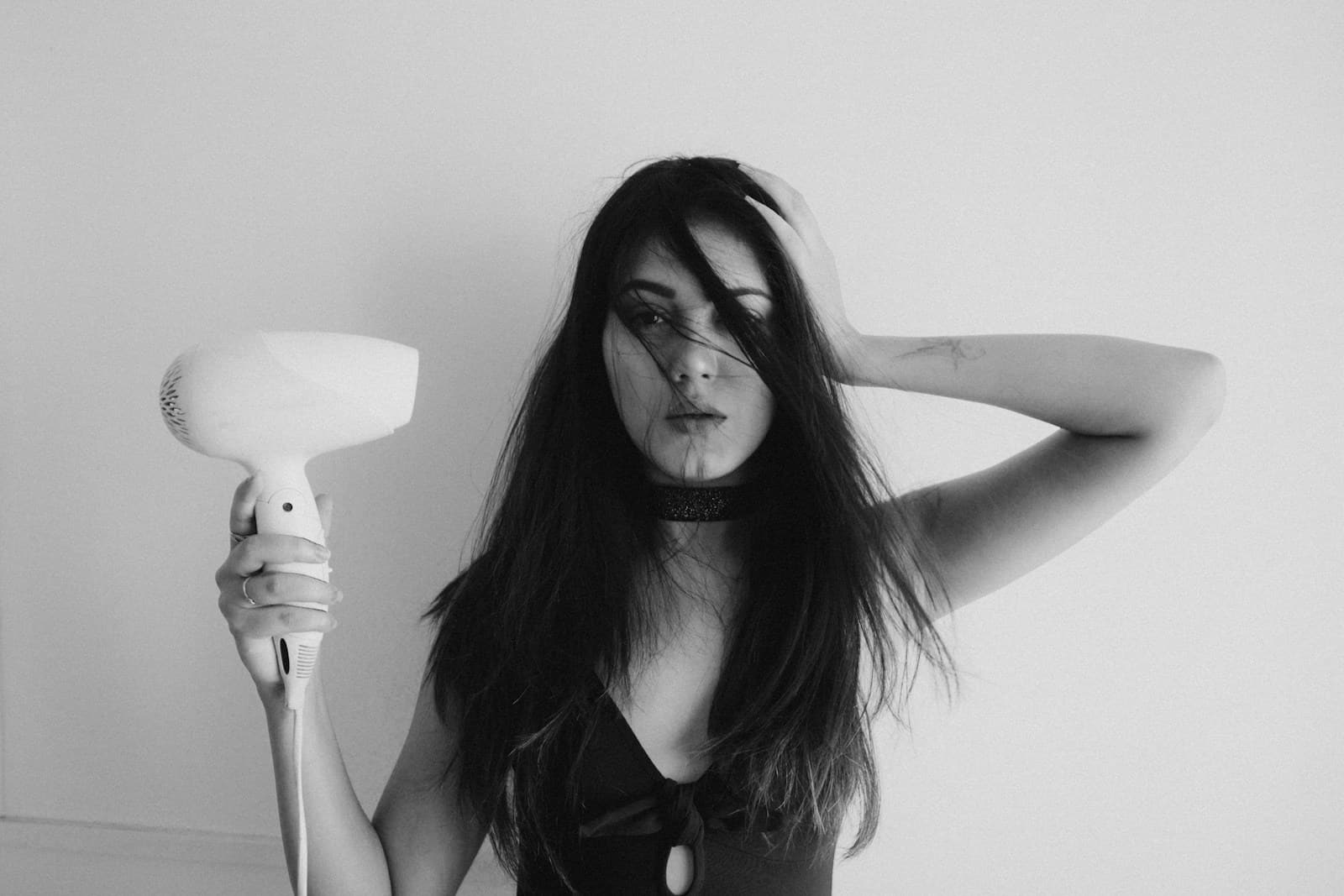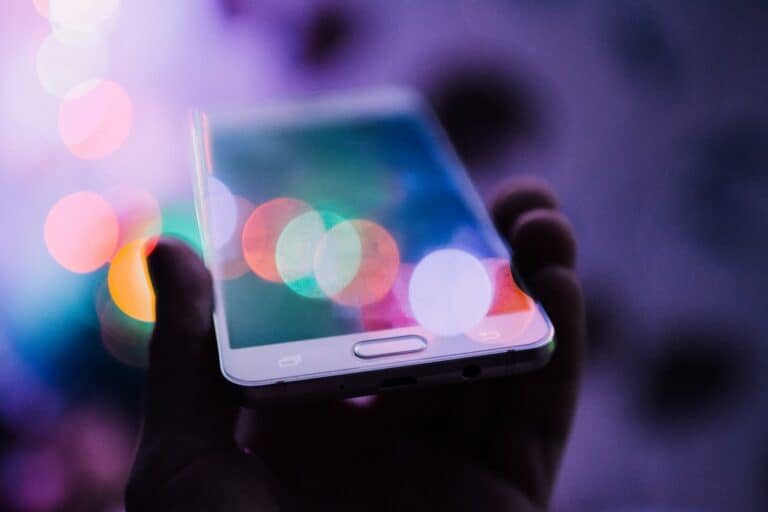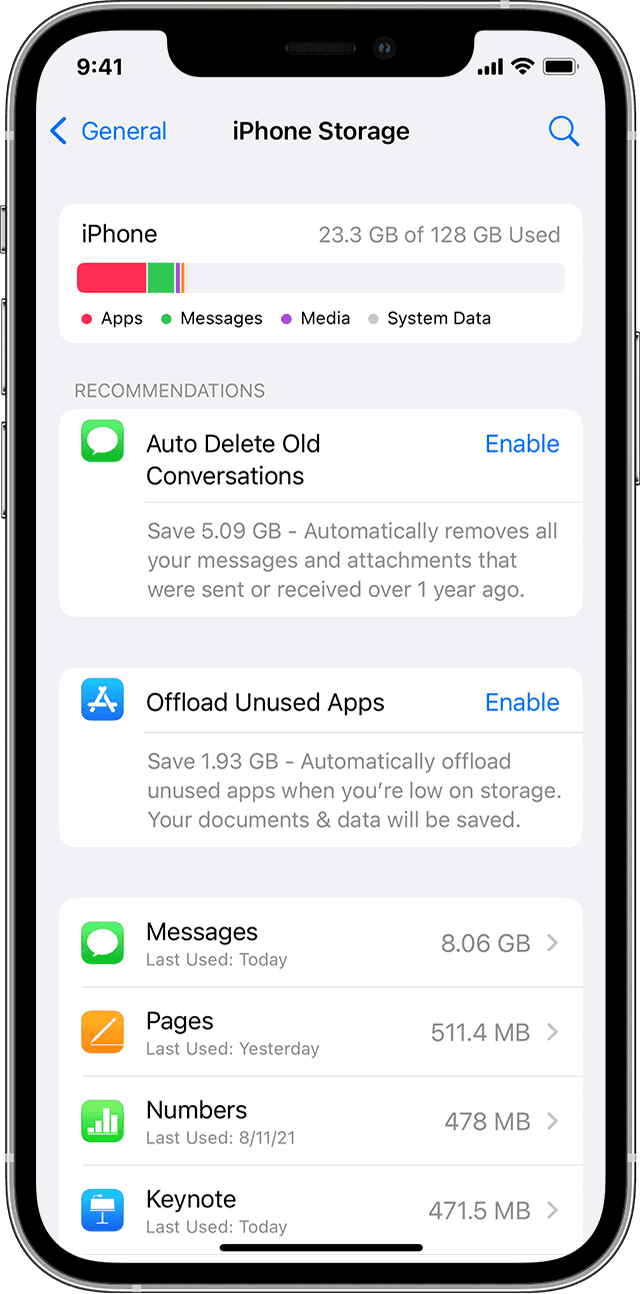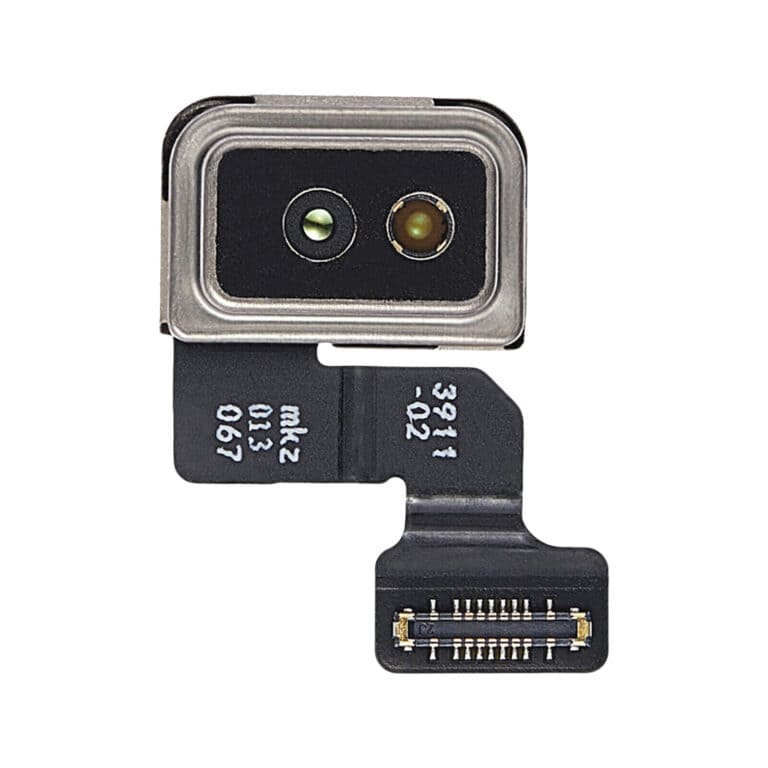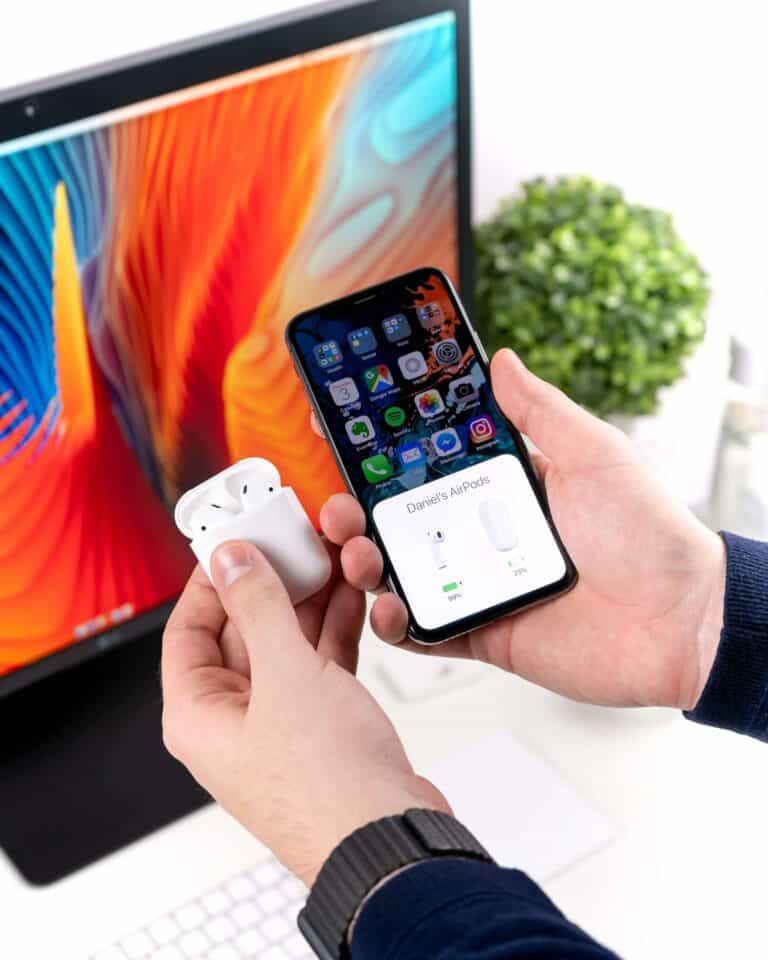Hair dryers can face various problems, from reduced airflow to complete operational failure. Most of the time they aren’t worth repairing but sometimes you will be able to fix one with some basic steps and tools you have around the house. This article aims to guide individuals through common troubleshooting steps for repairing a hair dryer. The process generally involves inspecting the device for any obvious signs of damage, cleaning or replacing the fan and motor if necessary, and ensuring that the electrical components are functioning correctly.
Hair Dryer Troubleshooting Guide
| Problem | Possible Causes | Solutions |
|---|---|---|
| Hair dryer won’t turn on | * No power to outlet * Faulty power cord * Tripped internal safety switch (overheating) * Faulty on/off switch | * Test the outlet with another device. * Check cord for damage. * Unplug, wait for it to cool down completely, then reset (if it has a “reset” button). * If none of these work, professional repair may be needed. |
| Hair dryer overheats and shuts off | * Clogged air vents * Dirty filter * Internal malfunction | * Unplug. Clean vents and filter thoroughly. * If it still overheats, it may need professional repair. |
| Low airflow | * Clogged air vents/filter * Fan speed switch issue * Faulty motor | * Unplug. Clean vents and filter. * Test different fan speed settings. * If neither solves it, a professional repair may be needed. |
| Burning smell | * Dust/hair buildup inside * Motor or heating element malfunction | * Thoroughly clean the hair dryer internally. (Unplug and refer to the manual if possible). * If the smell persists, it likely needs professional repair. |
| No heat (fan works) | * Faulty heating element * Broken wire inside | * Requires professional repair or replacement. |
Important Safety Notes:
- Always unplug the hair dryer before troubleshooting or cleaning.
- Refer to your specific dryer’s manual for detailed maintenance instructions.
- If you’re uncomfortable with electrical work, consult a qualified technician.
Repairing a hair dryer begins with simple steps like removing the housing to access internal parts, checking for obstructed airflow, and cleaning or replacing clogged filters. If the problem is deeper, testing the motor’s continuity and examining the fan blades for wear or damage is crucial. While some issues can be fixed with just a cleaning or minor part replacement, more serious conditions, such as a burnt-out motor, might require more extensive repairs or professional assistance. Ultimately, the goal is to restore the hair dryer to working order, saving money on replacements and reducing waste.
Understanding the Hair Dryer
Knowing the basics can help with diagnosis. Here’s a simple breakdown:
- Heating Element: Turns electricity into heat for drying.
- Motor: Powers the fan that blows out the hot air.
- Switches and Settings: Control on/off, heat levels, and fan speeds.
- Cord: Connects the dryer to your power outlet.
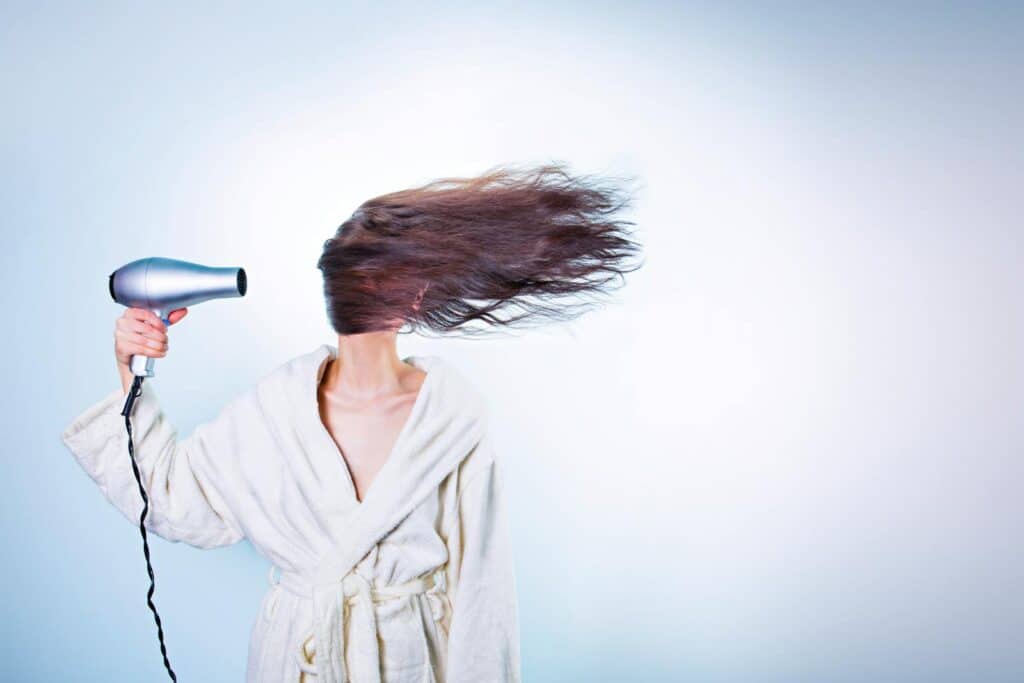
Common Reasons Hair Dryers Stop Working
| Problem | Possible Causes |
|---|---|
| No Power | Faulty outlet, tripped breaker, damaged cord, blown fuse |
| Malfunctioning Switch | Wear and tear, internal damage |
| Overheating | Blocked vents, tripped safety mechanism |
| Internal Fault | Problems with the motor or heating element |
Quick Fixes: Let’s Get That Hairdryer Working Again!
- Check the Basics:
- Outlet: Test another appliance in the outlet to ensure it’s functional.
- Cord: Examine it carefully for frays, kinks, or breaks.
- Reset Button: Many dryers have a reset button on the plug (may be labeled “Test/Reset”). Press it!
- Clean the Vents:
- Turn off and unplug the dryer.
- Remove the rear vent cover.
- Use a small brush or cotton swabs to clear lint and debris.
- Replace the cover securely.
Safety First!
- Never use a hair dryer near water or with wet hands.
- Unplug the dryer when not in use and before cleaning.
- If you suspect serious internal damage, don’t attempt repairs yourself. Consult a professional.
Fact: Did you know that some modern hair dryers use ionic technology to reduce frizz and speed up drying time?
When to Replace Your Hair Dryer
If troubleshooting doesn’t help or your dryer is showing its age, it might be time for an upgrade. Consider a replacement if:
- You encounter repeated issues.
- Repair costs exceed the price of a new unit.
- You want enhanced features or better energy efficiency.
Diagnosing Hair Dryer Problems
Before attempting any repairs on a hair dryer, it’s important to diagnose the problem accurately. This section provides a clear guide for safety precautions, identifying common issues, and using diagnostic tools to troubleshoot your hair dryer.
Safety First
Always unplug the hair dryer before starting the diagnostic process to avoid electric shock. Inspect the device for any obvious signs of damage like frayed wires or broken parts. If you detect a burning smell or see smoke, do not continue using the hair dryer as it could be a safety hazard.
Identifying Common Issues
Check if the hair dryer is not turning on, making strange noises, or blowing cold air. Here are steps to identify some typical problems:
- Not working at all: Examine the power cord for damage and ensure the outlet is functioning.
- Overheating: Look for a clogged filter or a blocked nozzle which restricts air flow.
- Strange noises: This could indicate a problem with the motor or something caught in the fan blades.
- Controls not responding: The switch may be faulty or there could be an issue with the wiring.
Using Diagnostic Tools
A multimeter is an essential tool for checking electrical components. Use it to test:
- Continuity of the motor: This checks if there is an uninterrupted path for the current.
- Functionality of the switch: Confirm that the switch is operating correctly.
- Heating element: Ensure that it heats up when activated.
Visual inspection and smell can also help diagnose issues. For example, if the hair dryer emits a burning smell, it might be a sign of an electrical problem. If certain controls, like the heat settings, don’t change the output, there might be an issue with the hair dryer’s electrical connections or controls. Remember, touch is not recommended for safety reasons when diagnosing electrical appliances.
Repairing Your Hair Dryer
When a hair dryer stops working properly, it’s often due to issues that can be resolved with simple fixes. This guide will help you clean, replace faulty components, and test your appliance to ensure it functions correctly.
Cleaning and Maintenance
To keep your hair dryer in good working condition, regular cleaning is crucial. First, unplug the hair dryer to guarantee safety. Remove the grating covering the air intake vents and clean away any lint, oils, or debris using a brush or compressed air. Be gentle to avoid damage. Regular cleaning prevents overheating and extends the life of your hair dryer.
Replacing Faulty Components
When the cleaning doesn’t fix the issue, you may need to replace parts. Disassemble the hair dryer carefully using screwdrivers, and observe the internal components. Check the fuse, thermal cutout, wiring, and look for visible damages. If the fan or motor is faulty, remove them, purchase the right replacements from hardware stores, and solder the new components in place using a soldering iron and desoldering wick for a clean electrical connection. Always follow the manufacturer’s guide for specific instructions on replacements.
Reassembling and Testing
After the faulty parts are replaced, reassemble your hair dryer by carefully connecting all wires and parts back to their original position. Ensure that every screw is tightened and that the housing snaps back firmly. Plug the hair dryer and test it on different settings to make sure the fan, heat, and cold air functions are all working as expected. This final step confirms the successful repair of your appliance or highlights further issues.
Frequently Asked Questions
When tackling hair dryer issues, key steps include checking power sources, examining internal components, and taking caution to avoid electric shock.
How do you fix a hair dryer that won’t turn on?
If a hair dryer won’t power on, first ensure the outlet is functioning. Next, check the device’s cord for damage. If the cord appears intact, inspect the power switch and test for loose connections that might need tightening.
What steps should be taken to repair a hair dryer at home?
To repair a hair dryer, start by unplugging it and cleaning any lint from the vents. Next, open the housing to check for loose or damaged components like wires or the heating element. Always replace any visibly damaged parts.
How can you fix a hair dryer’s heating element?
Fixing a heating element usually involves replacing it because repair is not typically feasible. After identifying the type of replacement needed, one can purchase the part and install it while adhering to the dryer’s assembly instructions.
What to do if a hair dryer is overheating?
When a hair dryer overheats, it’s often due to a blocked air flow. Clean the lint filter and ensure the vents are clear. If the problem persists, it may be a faulty thermostat requiring replacement.
How can you fix a hair dryer that only blows cold air?
If a hair dryer blows only cold air, its heating element may not be working. After disassembly, test the element with a multimeter to check for continuity. Replace the element if necessary.
Is it possible to repair a hair dryer and how?
Repairing a hair dryer is possible with the right tools and a bit of knowledge. Identify the issue, gather the appropriate replacement parts if needed, and reconstruct the dryer carefully following safety protocols. If unsure, consult a professional or consider a replacement to avoid risk.

